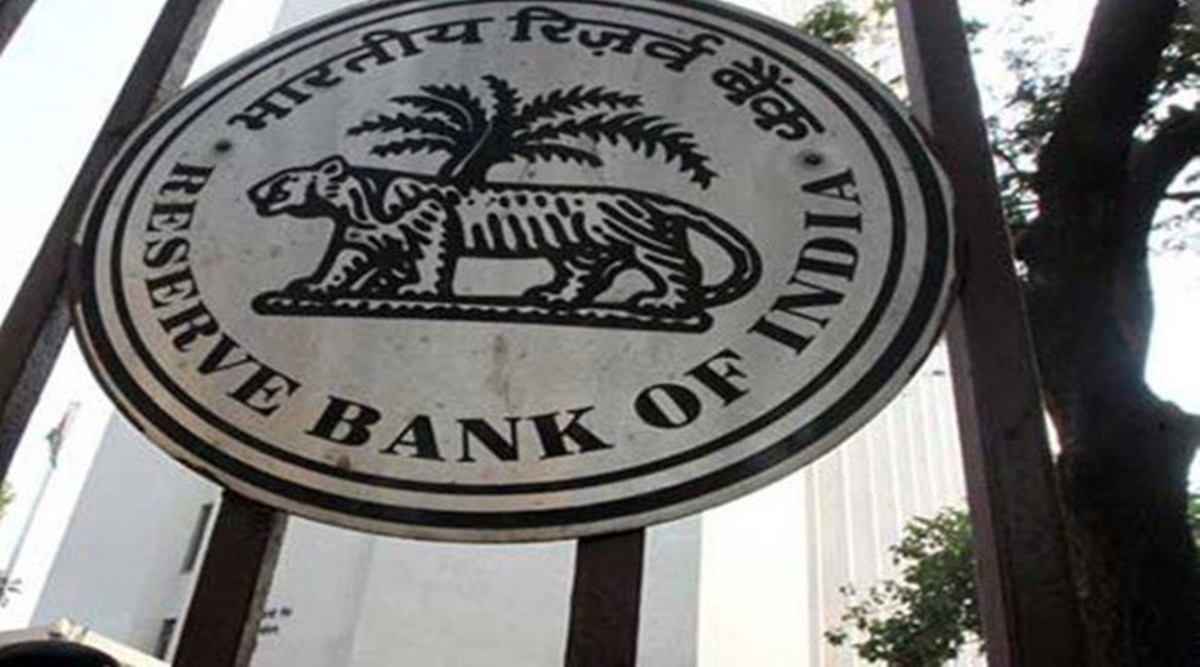21 May , 2022 By : monika singh

The Reserve Bank of India (RBI) on Friday decided to transfer its FY22 surplus of Rs 30,307 crore to the government, the lowest dividend in ten years, which will reflect in the Centre’s budgetary calculations in FY23. Its board decided to maintain the contingency risk buffer at 5.5%.
The dividend is less than a third of the central bank’s generous transfer of Rs 99,122 crore for FY21, which was, in fact, based on the RBI’s surplus over a nine-month period through March 2021, as it had decided to align its fiscal year with that of the government.
Low payout by the central bank, partly due to its heavy investments in reverse repo operations, will drag down the government’s budgeted receipts of Rs 73,948 crore on account of dividends from the RBI, state-run banks and other financial institutions in FY23, unless surplus transfers from other entities rise sharply.
In fact, the RBI’s transfer would make up just 41% of the government’s budgeted receipts for FY23, against almost 98% of the revised estimate for FY22.
The drop in the RBI dividend comes at an inopportune time when the Ukraine conflict has raised the subsidy payout by the government and threatened its bid to contain fiscal deficit at the targeted level of 6.4% in FY23, against 6.9% in FY22.
Of course, there are still some bright spots. State-run banks recorded a net profit of Rs 48,874 crore in the first three quarters of FY22, greater than that of Rs 31,820 crore in the entire FY21, which was the highest in five years. Given that their capital adequacy remains sound and provision coverage has improved, the government has a greater scope to nudge them to cough up much higher dividend this fiscal.
However, since the government may have to spend an estimated Rs 1.8 trillion over and above the FY23 Budget Estimate on fertiliser and food subsidies, this isn’t a good time for a revenue slippage on any account. Of course, as finance secretary TV Somanathan said, the additional outgo could be offset by a steep jump in net tax receipts and higher disinvestment revenues.
Elevated dividend transfer by the RBI, especially since 2018-19, had offered some cushion to the government, as it battled an economic slowdown even before the pandemic spread its tentacles.
Thanks to the Bimal Jalan committee, which reviewed the RBI’s economic capital framework (ECF), the central bank transferred an all-time high amount of Rs 1.76 trillion to the government in 2018-19 (July-June).
The RBI typically pays the dividend from the surplus income it earns on investments and valuation changes on its dollar holdings, and the fees it gets from printing currency, among others. The rupee depreciation against the dollar in recent months may also have weighed on the surplus transfer.
Madan Sabnavis, chief economist at Bank of Baroda, said the RBI would have incurred a decent cost due to heavy investment in reverse repo auctions in FY22. Reverse repo auction of Rs 6-7 trillion (at an average cost of even 3.5%) would mean a cost of Rs 21,000-24,500 crore, he said.
The lower payout by the RBI would mean “a large part of profit of PSBs and financial institutions will now have to be transferred to make good this budgetted number (Rs 73,948 crore), or else there will be a slippage”, Sabnavis said.
According to Saugata Bhattacharya, chief economist at Axis Bank, lower dividend is likely to exert some pressure on government finances. The Centre will now need to generate additional resources to fund the requirement of higher government expenditure, including for subsidies, he added.
Icra chief economist Aditi Nayar said: “The amount of surplus to be transferred by the RBI to the government appears to be modestly lower than the budgeted amount. However, the tax receipts are expected to substantially surpass the budgeted level, absorbing the impact of the former.”
0 Comment